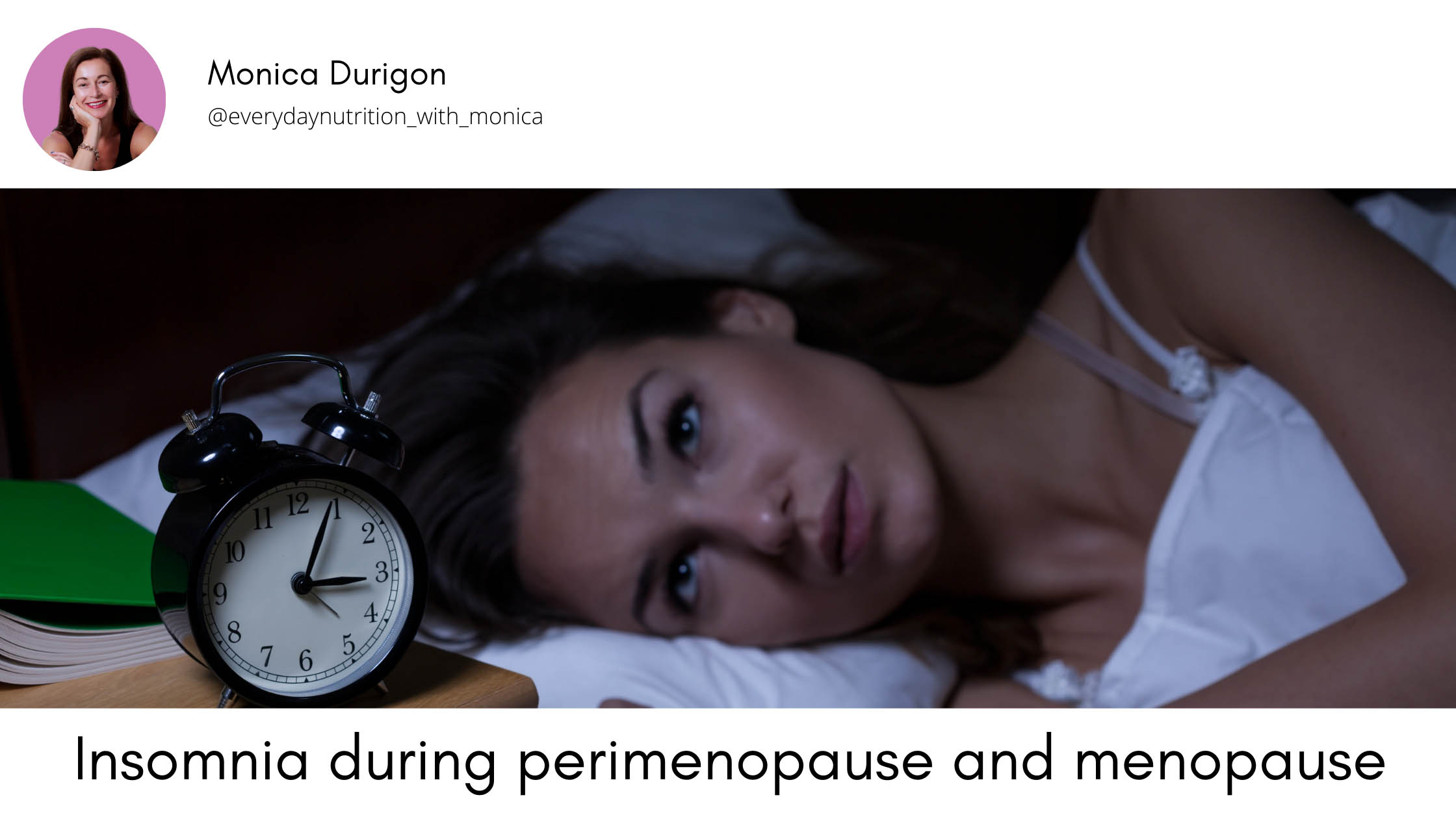How would you rate your energy?
Super? Great? Abundant? Balanced throughout the day?
Unfortunately, from my experience of working as a nutritional therapist with hundreds of clients, I can tell you that those adjectives are seldom used!
In fact, what I hear all the time is: depleted, lacking, exhausted, completely floored and TAT (tired all the time).
Energy is the most precious thing to possess because with great energy comes great focus, moods, and activity! When we wake up rested and energised, we can take on the world and no challenge seem impossible. But the contrary is also true! When tired, our moods dip together with our activity levels and doubts creep in …I don’t think I can do that new project… I can’t go to the gym… I feel unmotivated… I am feeling down …I am feeling unwell…
But, all of those feelings can simply be lack of energy wearing different hats!
So…the question is:
How can we make sure that we have plenty and continuous energy throughout our days and lives?
And, by the way, if you are thinking that it is normal for you to be tired because you are “old” whatever that might mean to you …think again! As I always say …your age is just a number, and you can achieve a relative optimal level of energy and health at any age!
Don’t use your age as an excuse to settle for less…(of anything!)
Let’s start then by introducing you to your own energy generating machines, the powerhouses of your body: your mighty mitochondria!
Your mighty mitochondria

It all starts in there, in these tiny organelles which are in every single cell of your body (except for the red blood cells) and, if you look after them, feed them as they deserve and make sure they have enough antioxidants ( in other words keep them shiny and free of rust) they will thank you by giving you the best energy ever !
How do they do that? By “simply” transforming the energy from the food you eat into energy for your cells – it is an energy transfer!
And this energy transfer has its own currency, a tiny molecule called ATP ( adenosine – triphosphate… the molecule that keeps the whole world active!
Please let me indulge in some biochemistry, I promise you that it will help you understand better how to optimise your energy and it will make me happy ( you know …I am a geek at heart!)
And did you know that we only have ( more or less ) 50g of ATP at any one time in our body but we generate an astonishing 180Kg per day to performs all our functions???? The mitochondria continuously recycle it over and over and over again!
In the mitochondria, ATP is broken down into ADP (adenosine- di – phosphate) by breaking a phosphate bond. This will release energy. ADP is quickly coupled with another phosphate molecule to form a new ATP.
Is this hooking and unhooking of phosphate that keeps the whole world go round!
The speed of recycling varies from person to person. Top athletes may be able to recycle ATP every 5 seconds whilst on the other end of the scale, people suffering from chronic fatigue syndrome may only be able to recycle it every minute.
Mitochondria numbers in the cell change and vary from only 2 to 2500. They are incredibly dynamic, constantly dividing, fusing and changing shape. They multiply when the energy need of a cell increases.
Power hungry cells such as the heart cells and the muscle cells have the highest numbers of mitochondria. Repeatedly stimulating a muscle cell will spur the production of more mitochondria in that cell. That is why people who exercise regularly have more energy: they have more mitochondria!

These organelles are so special that they even contain their own set of genes! And if you are one of those rare people gifted with constant high energy, go and call your mum to say thank you as mitochondria are inherited only in the maternal ova!
Mitochondria are also very interesting from an evolutionary point of view, because they have features that make them very similar to bacteria: their own genome, an outer an inner membrane structure, similar size and shape to bacteria and indeed they are thought to be derived from engulfed bacteria.
Their bacterial origin, makes the organelle susceptible to antimicrobial drugs ( antibiotic and anti-viral drugs) with a negative influence on our overall heath. Another valid reason not to abuse of antibiotics and use them only when really necessary.
Because of their central role our physiology, their dysfunction (when they don’t work as they should) has catastrophic consequences associated with a large number of inherited disorders but also implicated in more common disease such as neurodegenerative disorders, impaired cognition, metabolic syndrome, cancer, cardio vascular disease and obesity.
How to look after your mitochondria
It all starts around the dinner table!

To power phosphorylation, the energy-giving reaction, we need raw materials, the fuel, which come from the breaking down of the food we eat: CHOs, fats and to certain extent proteins (although these are not normally used for energy production, nor we want them to be!).
We need the macronutrients, but we also need an array of co-factors, nutrients which help their conversions into the end product, and we need nutrients which protect the mitochondria against oxidation, think of it as rusting and wear and tear from all that activity!
Finding your high-performance fuel:
Iron, magnesium, manganese, Vitamin B1, B2, B3, B5, sulfur, selenium, copper, carnitine, CoQ10

Co-factors:
Iron-rich foods:
Kelp, nuts and seeds, beef, pork, lamb, clams, tofu, chicken, salmon, brown rice, parsley, Swiss chard, broccoli, olives, cauliflowers.
Magnesium-rich foods:
Kelp, nuts, buckwheat, rye, tofu, soybeans, spinach, brown rice, swiss chard, dates, sweet corn, avocado, parsley, sunflower seeds, beans, dark green leafy vegetables.
Manganese-rich foods:
Nuts, barley, rye, buckwheat, whole wheat, fresh spinach, oats, rhubarb, Brussels sprouts, broccoli, brown rice, corn, cabbage, peach.
Copper-rich foods:
Oysters, nuts, buckwheat, lamb, butter, rye, pork, barley, olive oil, carrots, coconut, garlic
Vitamin B1 (Thiamine) rich foods:
Nuts, sunflower seeds, beans, split peas, buckwheat, whole wheat, rye, lentils, brown rice.
Vitamin B2 (Riboflavin) rich foods:
Offal, almonds, wild rice, mushrooms, eggs, red hot peppers, mackerel, soybeans, split peas, kale, parsley, veal, salmon, broccoli.
Vitamin B3 (Niacin) rich foods:
Offal, peanuts, turkey, chicken, trout, halibut, mackerel, swordfish, goose, salmon, veal, wild rice, seeds, brown rice, pine nuts, buckwheat, whole wheat.
Vitamin B5 (Pantothenic Acid):
Offal, peanuts, mushrooms, split peas, pecans, soybeans, eggs, lobster, buckwheat, sunflower seeds, lentils, rye, cashew, salmon, chickpeas, broccoli, hazelnuts, turkey, brown rice.
Antioxidants:
Sulfur-rich foods:
(Sulfur is required for the synthesis of glutathione, one of our premier endogenous antioxidants- a molecule which will keep your mitochondria from oxidising, “rusting”)
Cabbage, broccoli, cauliflower, Brussels sprouts, bok-choy, onions, shallots, garlic, leeks, eggs, cheese.
CoQ10 rich foods:
(Our body also synthesize CoQ10; CoQ10 is another powerful antioxidant. It gets depleted by statins so anyone who is on these cholesterol-lowering drugs should ask their doctor to prescribe CoQ10)
Salmon, tuna, herrings, beef, poultry, peanuts, and sesame seeds.
Selenium-rich foods:
(Another powerful anti-oxidant)
Butter, brazil nuts, apple cider vinegar, scallops, barley, whole wheat lobster, prawns, oats, clams, king crab, oysters, milk, cod, brown rice, lamb, beef, eggs
Carnitine:
(Carnitine plays a critical role in energy production. It transports fatty acids into the mitochondria so they can be “burned” to produce energy – The body makes carnitine, but it is also found in foods; vegetarian might be low in carnitine and vegan are most likely to be as the main sources are from animal derived products)
Beef, milk, cod, chicken, milk, and cheese.
OK, that’s the food …what about your lifestyle?
Exercise!
As I mentioned previously exercise stimulates the mitochondria division and the generation of new mitochondria which equals to more energy centres!

Sleep!
Lack of sleep (even sleeping 90 minutes less than we should on a regular basis) harms your mitochondria, by increasing oxidative stress and accelerating ageing. Recent studies also implicate short term sleep deprivation as a possible danger to mitochondrial dysfunction.

Keep inflammation low!
Inflammation is a normal component of our immune system (acute inflammation) and helps in resolving infections and further damage to our tissues. However, when our immune system becomes overactivated, chronic low-grade inflammation can itself cause disease, think about hay fever, periodontitis, some form of cancer, inflammatory bowel disease and many others.
During inflammation, mitochondria switch from producing energy to producing toxic compounds and further amplify the inflammation! EPA and DHA two types of omega 3 oils found in fish oil, krill oil, and algae-derived oils are powerful anti-inflammatory.
Eliminating foods that you might be intolerant or sensitive to (the usual suspects are gluten, wheat, eggs, dairy, soya), eliminating trans fats from deep-fried food, commercially baked products, processed foods, eliminating refined carbs and sugar will also help you to keep your inflammation low.
Fast!
Fasting decreases mitochondrial inflammation through the activation of a class of proteins called Sirtuins. Sirtuins are associated with health and longevity and play a central role in mitochondrial integrity.
Another way in which fasting promotes mitochondrial health is by activating a metabolic ‘switch’. Unless we are practising a ketogenic eating style (more on this soon), the fuel that the mitochondria typically use is glucose from the carbs we eat or glucose which has been broken down from our liver glycogen store (glycogen is how we store glucose in the body).
In a fasting state, the fuel changes from glucose to fatty acids (fat) from the adipose cells. The fatty acids undergo more transformation to become ketones and this metabolic switch is a pivotal trigger in mitochondria biogenesis (“birth” of new mitochondria)!
You can simply start with some intermittent fasting using the hours of the night to your advantage and prolonging the absence of foods to reach 14 to 16 hours before your next meal. I warn you! Your blood sugar level must be balanced before you embark on this. Follow a low glycaemic eating style and once you can comfortably go between mail meals without snacking and craving and dips in energy, consider adding some intermittent fasting to your health toolbox. Always consult with a health professional before starting a fasting protocol.
In my next blog, I promise you less about science and more about the food! I will be sharing recipes and meal ideas to support your mitochondrial health so you can enjoy great energy, balanced moods, mental focus and long term health.
Wishing you the best health and vitality,

References:
Hernández-Aguilera et al. (2013). Mitochondrial dysfunction: a basic mechanism in inflammation-related non-communicable diseases and therapeutic opportunities. Mediators of inflammation, 2013, 135698
Kramer, P., & Bressan, P. (2018). Our (Mother’s) Mitochondria and Our Mind. Perspectives on psychological science : a journal of the Association for Psychological Science, 13(1), 88-100.
Mengel_From Jet al. (2015) “Mitochonria DNA Copy Number in Sleep Duration Discordant Monozygotic Twins”. Sleep,38(10): 1655–1658
Nunnari J, Suomalainen A( 2012) Mitochondria: In Sickness and in Health. Cell, Vol: 148, Issue 6.Pages 1145-1159
Raefsky SM andMattson MP (2017) Active response of neuronal mitochondria to bioenergetic challenges: toles in neuroplasticicty and disease resistance. Free Radic Biol Med.:102: 203–216. doi:10.1016/j.freeradbiomed.2016.11.045.
Rodrigues NR et al.(2018) Short-term sleep deprivation with exposure to nocturnal light alters mitochondrial bioenergetics in Drosophila.Free Radical Biology and Medicine,Vol:120.Pages 395-406
Traba J et al. (2015) Fasting and refeeding differentially regulate NLRP3 inflammasome activation in human subjects. The Journal of Clinical Investigation: 125/12 .




Lovin’ the blog. Thank you for well researched and informative info. Sharon xx (Amchara 2017)
Hello Sharon! Thank you for your message! I really appreciate it and nice to re-connect, I hope all is well.
Monica x